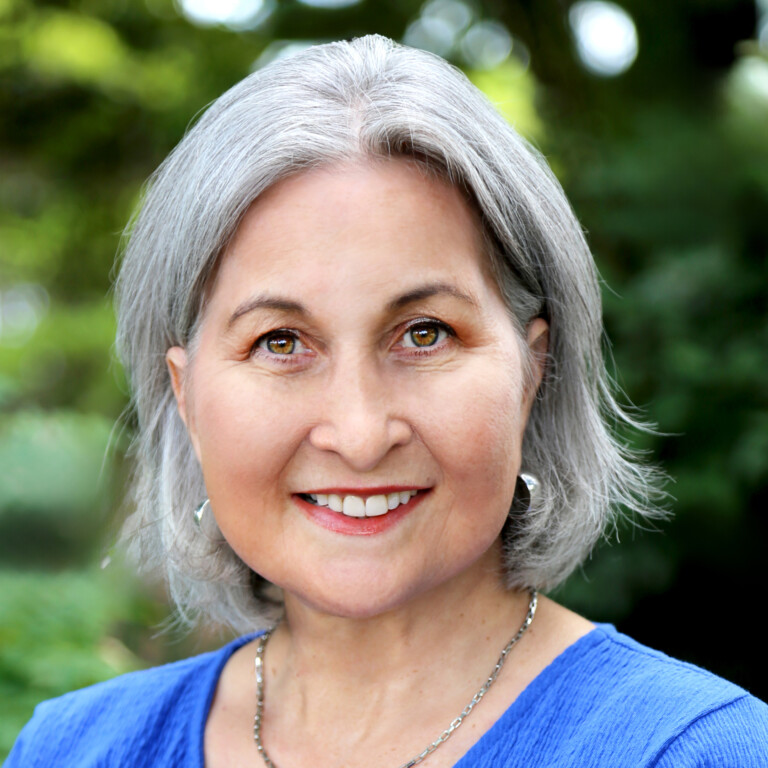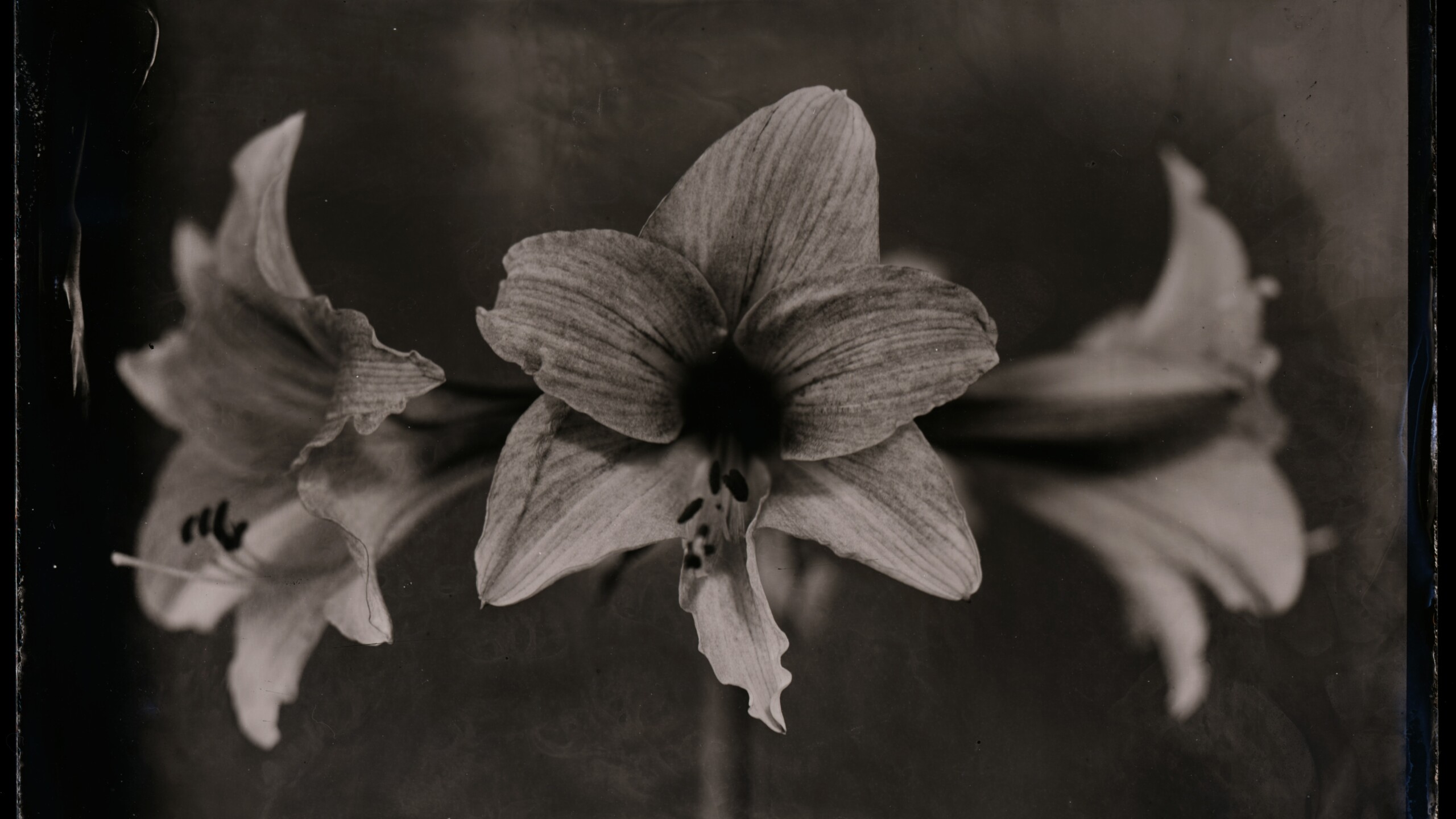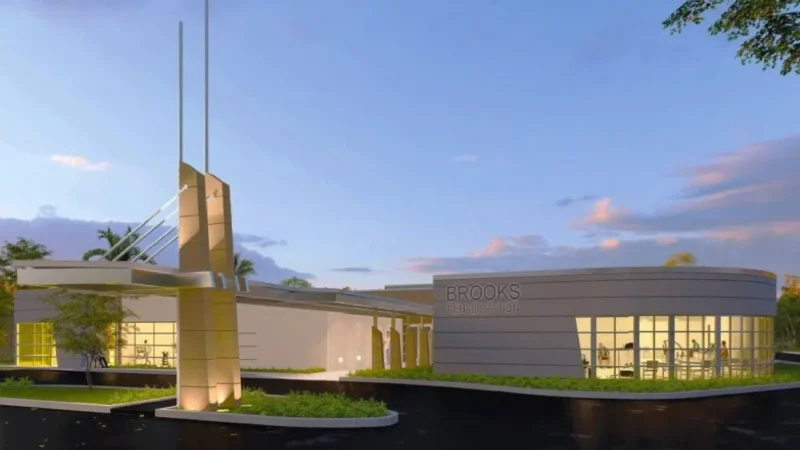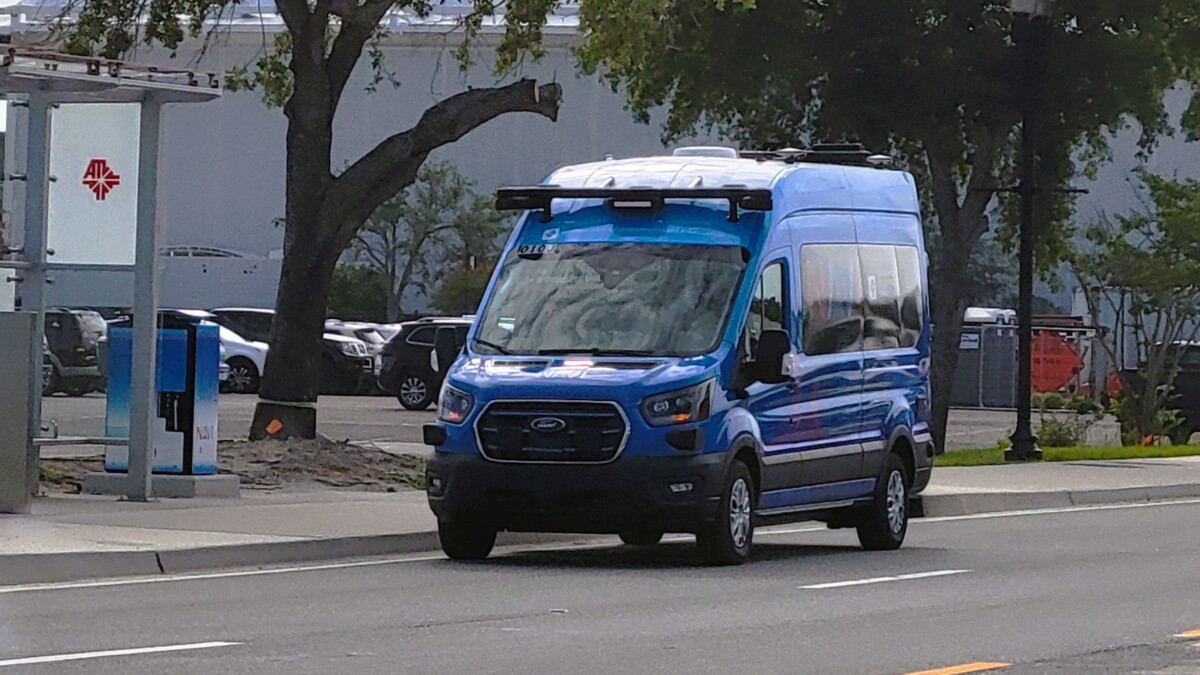St. Augustine’s Lightner Museum is exhibiting the work of a local conservation photographer who captures vulnerable ecosystems like parks and outdoors with an old-fashioned photography method.
Journalist and adventurer Matt Keene’s images in Echoes of the Wild feature sometimes haunting images of Florida wildlife, land and riverscapes (including the Ocklawaha River, St. Johns River and the Okefenokee Swamp) using a century-old camera and the wet plate collodion process.
Keene says each plate is shaped by the light and weather of the moment it was made, catching imperfections and vulnerabilities — like cracks, streaks and chemical anomalies — of the natural world.
The photo type described as “tintypes” was used in the late 19th century. It was a process that was used to make glass negatives and to make prints through that. It was the first equitable process in which an ordinary family could go out and have their picture taken.
This photography was used in the late 1800s for parks and outdoors conservation
Keene also found that during this time, this type of photography was being used for parks and outdoor conservation efforts. “Photographers were making glass plates of wild places that weren’t even conserved yet, and taking these glass plates to show the legislators to push for conservation of areas,” he says.
He echos the early conservation photographers who helped launch the wilderness protection movement. “I mix my chemistry using recipes from the 19th century. So, I try to keep it pretty true to the historic process,” he says.
With a portable darkroom, Keene captures images in the backcountry. “I bring all of the supplies that are needed; trays, aluminum or glass that I’m shooting on, all of the materials,” he says.
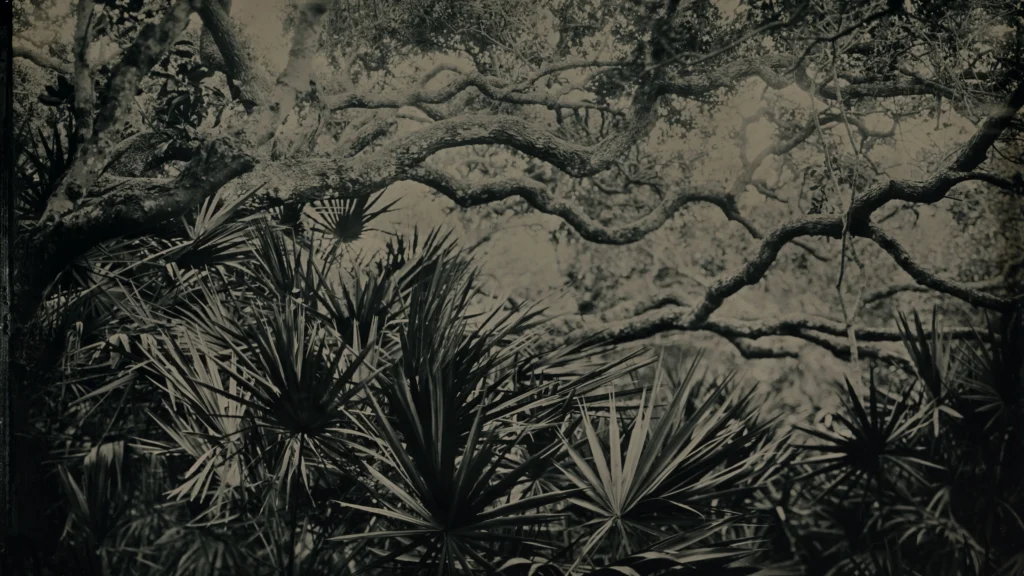
He explains that the wet plate collodion method means the plate of film he’s using must stay wet throughout the entire process that he’s making the photograph. That includes about an hour of washing after the photograph’s been exposed.
Keene has a studio in downtown St. Augustine called St. Augustine Tintype where people can see how he works. He says the wet plate technique may be labor-intensive, but he finds it fulfilling, as he told host Anne Schindler on WJCT’s First Coast Connect program Tuesday.
RELATED READING: Analog photography is back. St. Augustine photogs develop community around film
“I love to make things. I make everything that’s involved with it,” he said. “I cut my plates. I pour them. I do all the developing for them. I love documenting things. I love art and adventure, so it kind of ties all those things together for me.”
The process, by its nature, is vulnerable to outside elements, which lends itself to the theme of conservation. For example, when photographing riverscapes, Keene will even use the local river water to mix his chemistry because he feels it imparts something into the physical presence of the photograph in a way that it wouldn’t with distilled water.
The exhibition Echoes of the Wild runs through Jan. 18 at the Lightner Museum in St. Augustine.
